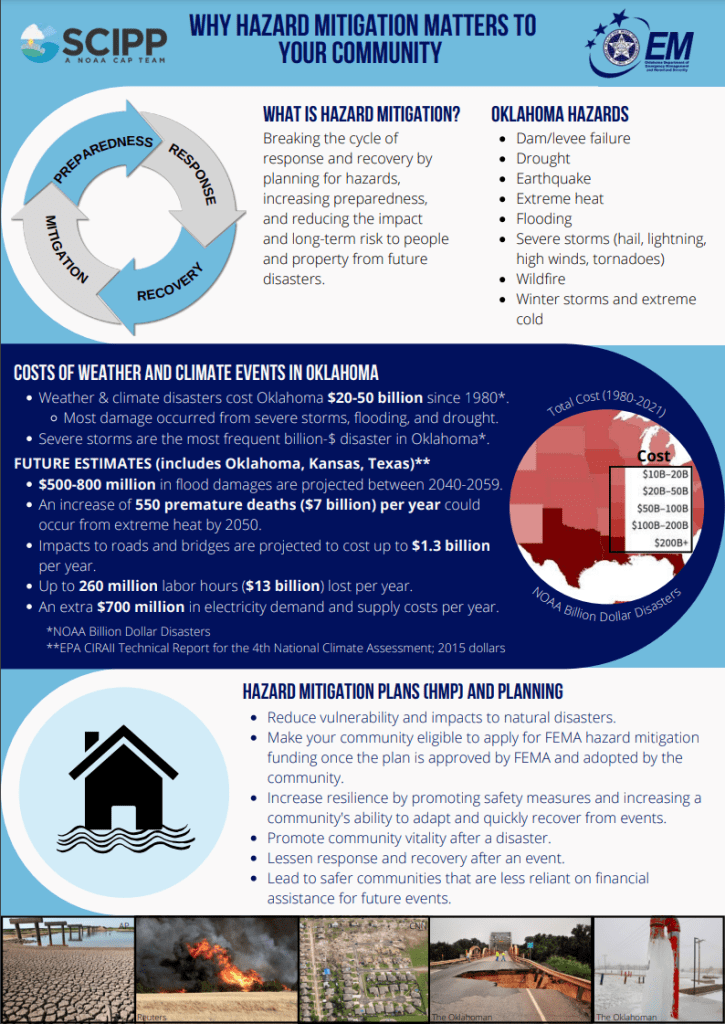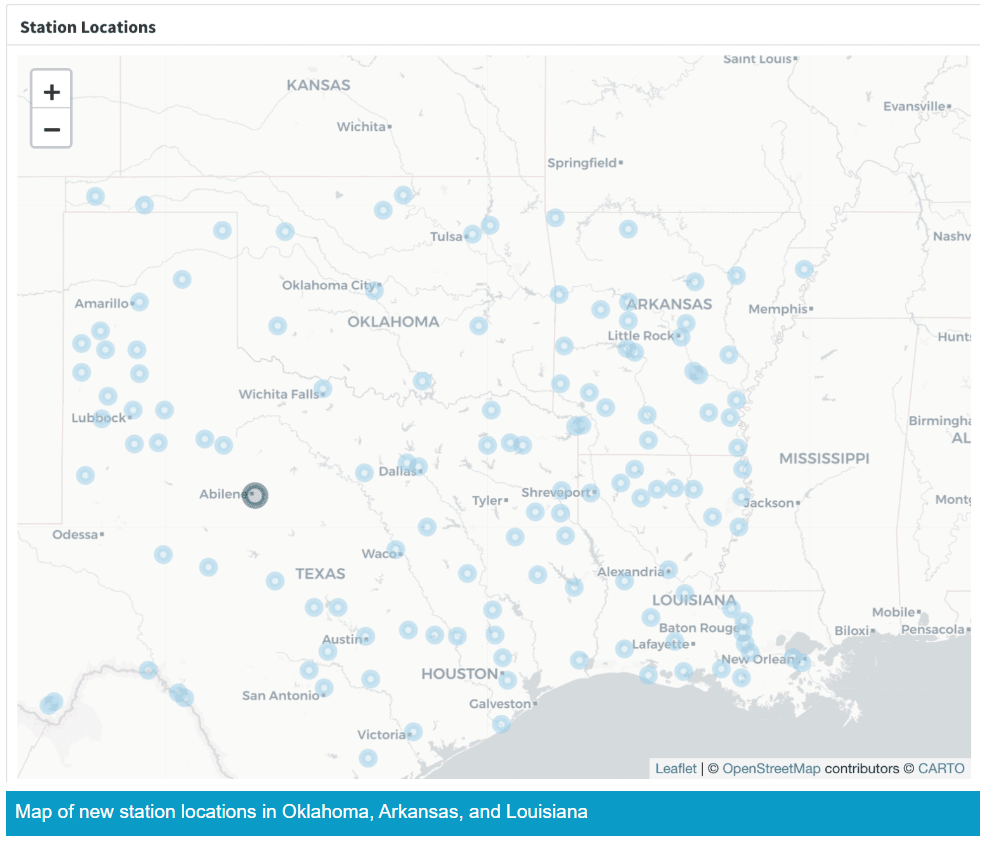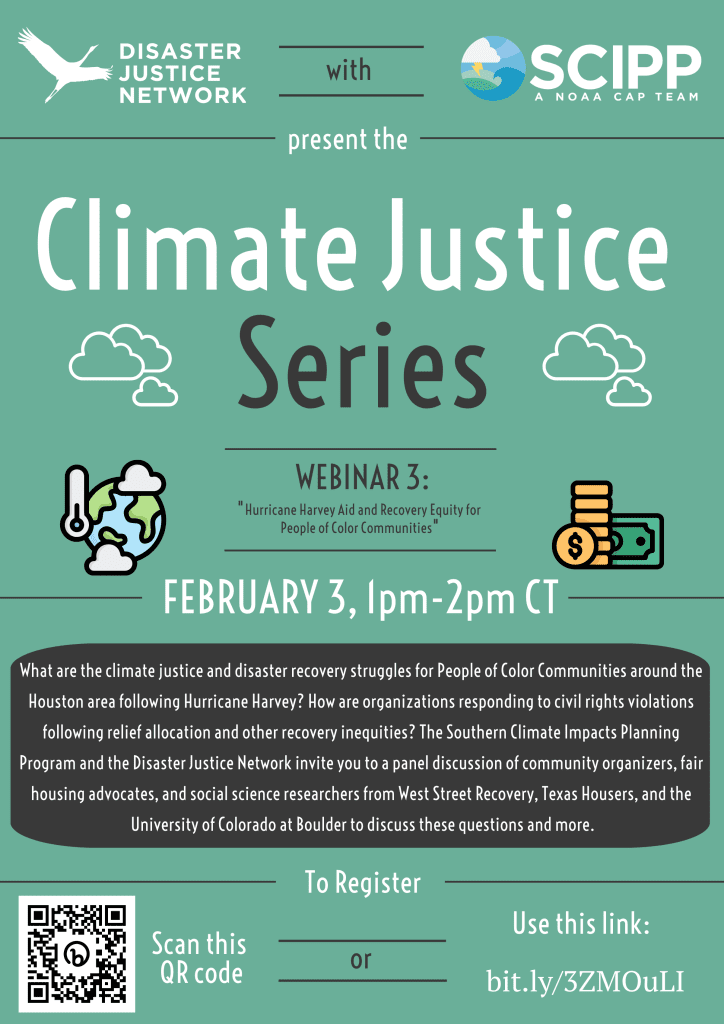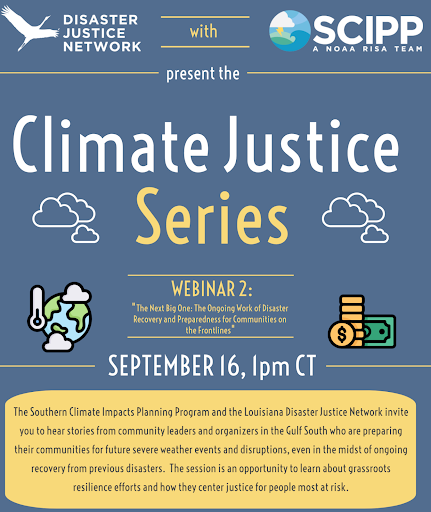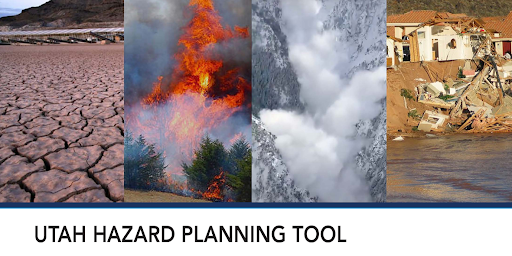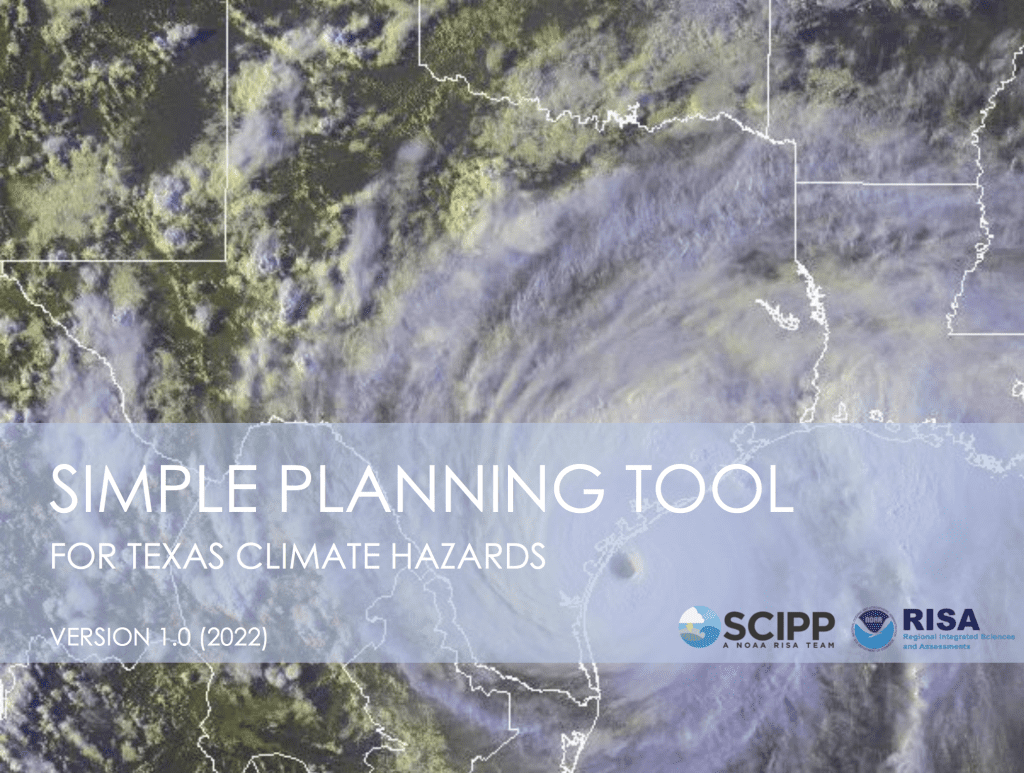SCIPP, a NOAA CAP/RISA team, is co-organizing the inaugural South Central Climate Resilience Forum April 2-4, 2024
The Southern Climate Impacts Planning Program (SCIPP), a NOAA CAP/RISA team, is co-organizing an in-person 3-day event focused on fostering meaningful dialogue and action on equitable climate resilience and adaptation across the region.





